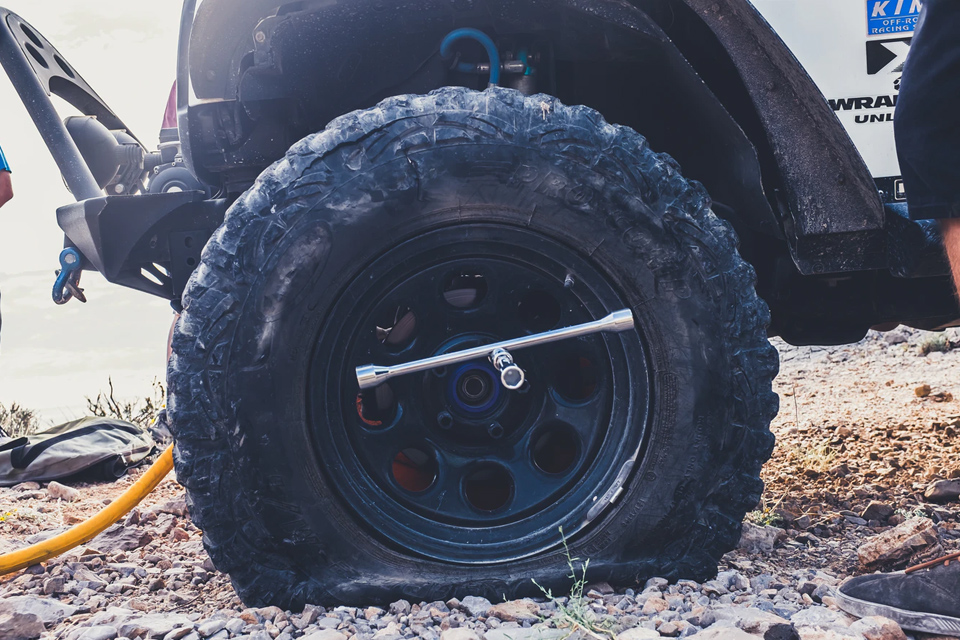3 minute read
Air lifting bags are useful when you need to lift enormous weights, such as towing or recovering a car or motorcycle, shifting loads, or lifting houses, bridges, and boats.
Heavy lift air bags are characterized by low insertion and high-lifting capacity. For instance, you only need a one-inch clearance to insert the bag underneath. Then you can inflate it up to the maximum lifting pressure of the device.
They are useful for vehicle recovery. If your car is stuck in a watery ditch, you can use air bags to pull it out from underwater. The device can lift 70 tons of weight. The minimum weight is around six tons. The dimension also ranges between 10 inches to as wide as 34 inches.
What to Look for in Air Lift Bags
There are several things you need to look for when choosing air lift bags.
- The rubber pneumatic lifting system should be reinforced with Kevlar or solid brass. It will minimize the risks when lifting.
- The air bags should have a thin profile so that they can be inserted in cramped spaces.
- They should be simple to use, so you do not have to study the manual for a long time.
- They should possess high gripping power. Look for products with safety straps and dimpled interlocking surfaces. They are
- crucial when you stack two lifting bags on top of each other.
The safety straps should also provide an anchor and grip to easily attach the ropes so you can maneuver even on uneven roads or underwater.
With these air bags, you can lift trailers, pipelines, transformers, and even a whole house. As long as the weight falls within the maximum limit listed in the manufacturer’s manual, you can pretty much lift anything.
Pneumatic Lifting vs. Hydraulics
When lifting heavy objects, you typically have two choices: pneumatic or hydraulic systems. They are similar in the sense that they utilize fluid and mechanical energy in executing an action. They operate on pumps, valves, and actuators.
With that said, they are different because pneumatics utilize compressed gas while hydraulics use liquid, such as water or oil, for power transmission.
Pneumatic lifting, however, holds the advantage in compressed environments. The air flows quickly through pipes with zero resistance. In contrast, water and oil are viscous, which means there is resistance.
Also, pneumatic lifting is less dangerous and even more affordable compared to hydraulics. While it does not hold the same pressure as hydraulics, you get the job done much quicker.
Rent or Buy?
Now, back to the original question.
If you are in the market for these air bags, is it better to buy or to rent? The answer will depend on how frequently you will use the device.
For instance, if the use of the lift bag is to recover a vehicle or to lift a trailer, you would be much better off renting it. Buying one will set you back at least $2,500. Meanwhile, you can rent the same for about $50 per day, $160 per week, or $400 per month. These rental rates are for a device that can lift 77 tons. The average house, for example, weighs about 70 tons.
However, if you are lifting a car, which averages at two tons of weight, you can also rent a lift air bag for $119 a month. You can buy one, but it will set you back $650.
As you can see, it is more cost-efficient to rent, if you are only going to use the device on a short-term basis.






